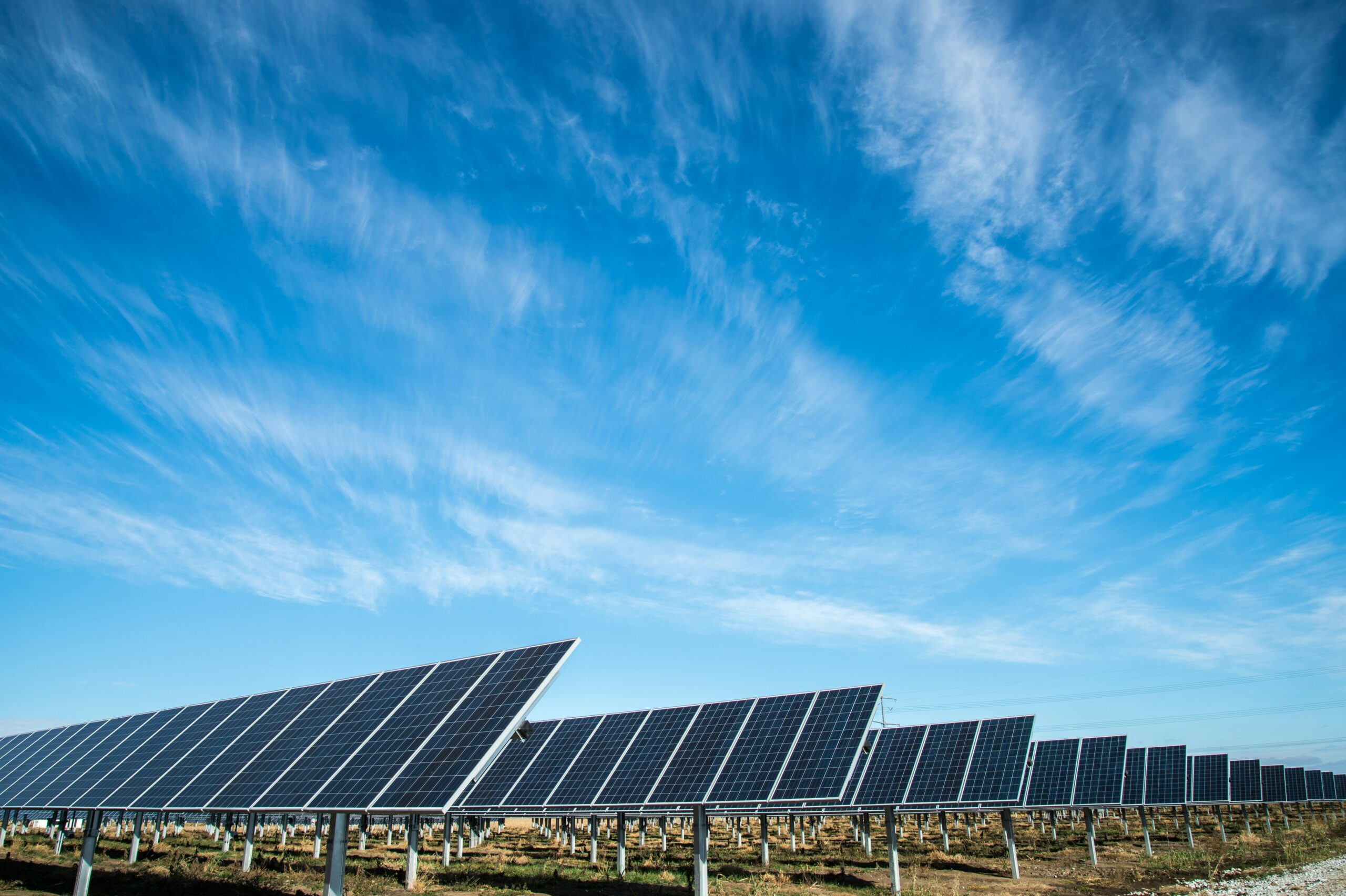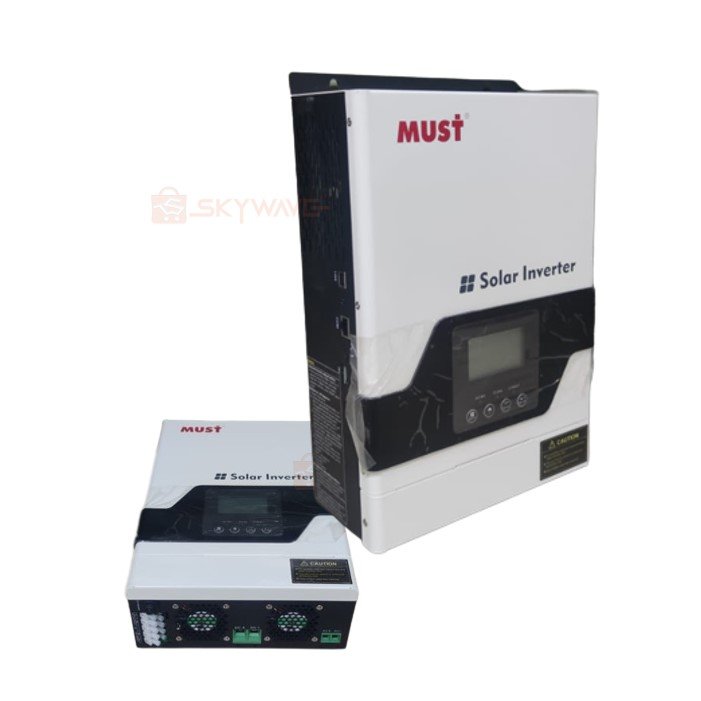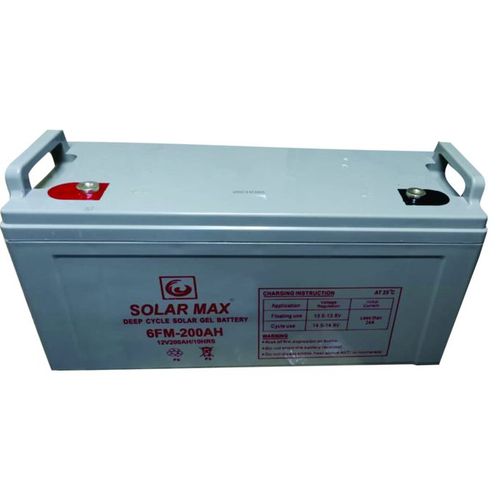Calculating the Solar Components You Need for Your House in kenya

How to Calculate the Solar Components You Need for Your House
Switching to solar energy is not only environmentally friendly but also a great way to save on your electricity bills. If you are considering installing a solar power system in your house, one of the first steps is to calculate the solar components you need. In this blog post, we will guide you through the process of calculating the number of solar panels, charge controllers, inverters, and batteries required for your specific energy needs.
Before you begin calculating the solar components, it is important to understand your energy consumption. Start by examining your electricity bills to determine your average monthly and annual usage. This will give you an idea of how much energy you need to generate with your solar power system.
The next step is to assess your location’s solar potential. The amount of sunlight your house receives will directly impact the efficiency of your solar panels. Factors such as the tilt and orientation of your roof, shading from nearby trees or buildings, and local weather patterns all play a role in determining the solar potential of your location.
Once you have gathered this information, you can start calculating the number of solar panels you need. The power output of solar panels is measured in watts, so you will need to convert your energy consumption from kilowatt-hours (kWh) to watts. Divide your average monthly energy consumption by the number of days in that month to get your daily energy consumption in kWh. Multiply this value by 1000 to convert it to watts.
Now, consider the efficiency of the solar panels you plan to install. Solar panels have an efficiency rating that indicates how much sunlight they can convert into electricity. Multiply your daily energy consumption in watts by the efficiency rating of the solar panels to determine the total power output required.
Next, you need to calculate the number of batteries needed to store the energy generated by your solar panels. Batteries are essential for storing excess energy produced during the day for use during the night or when there is insufficient sunlight. To calculate the battery capacity, multiply your daily energy consumption in watts by the number of days of autonomy you desire. Autonomy refers to the number of days you want your system to operate without sunlight or grid power.
The charge controller is another crucial component of a solar power system. It regulates the flow of electricity from the solar panels to the batteries, preventing overcharging and damage. To determine the size of the charge controller, add up the total power output of your solar panels and divide it by the system voltage.
Lastly, you need to select an inverter that can convert the direct current (DC) electricity produced by the solar panels into alternating current (AC) electricity that can be used to power your appliances. The size of the inverter should be based on the total power output of your solar panels.
By following these calculations, you can determine the exact solar components you need for your house. It is important to note that these calculations are just a starting point, and it is recommended to consult with a professional solar installer to ensure you have the right components for your specific requirements.
Step 1: Determine Your Energy Consumption
The first step in calculating your solar components is to determine your energy consumption. To do this, you need to know the wattage of each appliance and the number of hours you use them daily. Let’s take a look at the appliances you mentioned and their wattage assuming they are used 1 hour per day
- 5 bulbs – 10 watts each
- 1 television set – 70 watts
- 1 radio – 80 watts
- 1 fridge – 200 watts
- 1 microwave – 1000 watts
Now, let’s calculate the total energy consumption per day:
- 5 bulbs x 10 watts = 50 watts
- 1 television set x 70 watts = 70 watts
- 1 radio x 80 watts = 80 watts
- 1 fridge x 200 watts = 200 watts
- 1 microwave x 1000 watts = 1000 watts
Total energy consumption per day = 50 watts + 70 watts + 80 watts + 200 watts + 1000 watts = 1400 watts assuming that they are operated one hour per day
Now that we have determined the total energy consumption per day, it is important to consider the seasonal variations in energy usage. For example, during the summer months, you may be using more energy for air conditioning, while in the winter, heating systems may consume more energy. Additionally, if you live in an area with long periods of darkness, such as during the winter in northern regions, you may need to account for increased energy usage for lighting.
To accurately calculate your energy consumption, it is also important to consider any energy-saving measures you have implemented. For instance, if you have replaced traditional incandescent bulbs with energy-efficient LED bulbs, your energy consumption for lighting may be significantly lower than the initial calculation.
Furthermore, it is essential to factor in any future changes in energy consumption. If you are planning to purchase additional appliances or if your usage patterns are likely to change, it is crucial to account for these adjustments in your calculations.
By considering all these factors, you can accurately determine your energy consumption and proceed to the next step of calculating your solar components.
Step 3: Consider Efficiency and Future Expansion
Calculating the number of solar panels based solely on your current energy consumption is a good starting point. However, there are a few additional factors to consider to ensure optimal performance and allow for future expansion.
Firstly, it’s important to take into account the efficiency of the solar panels you plan to install. While the assumed wattage of 300 watts per panel is a good estimate, it’s worth researching different brands and models to find the most efficient option. Higher-efficiency panels can generate more electricity with the same amount of sunlight, reducing the number of panels you need.
Secondly, think about any potential changes in your energy consumption in the future. Are you planning to purchase electric vehicles, install energy-intensive appliances, or expand your household? These factors can significantly impact your energy needs. It’s wise to consider these potential changes and adjust your solar panel calculations accordingly.
Lastly, it’s always a good idea to plan for future expansion. While you may only need one solar panel at the moment, it’s possible that you may want to increase your energy production in the future. By installing a solar panel system with expandable capacity, you can easily add more panels as needed without having to replace the entire system.
Considering these factors will help you determine the optimal number of solar panels for your current energy needs while also allowing for flexibility and future growth.
Step 3: Determine the Charge Controller

The charge controller is an important component of a solar power system as it regulates the flow of electricity from the solar panels to the batteries. To determine the appropriate charge controller for your system, you need to consider the voltage and current of your solar panels.
First, check the voltage and current rating of your solar panels. Let’s assume your solar panels have a voltage of 12 volts and a current of 8 amps.
Next, calculate the power of your solar panels:
Power of solar panels = Voltage x Current
Power of solar panels = 12 volts x 8 amps = 96 watts
Based on the power of your solar panels, you can choose a charge controller that can handle that power. In this case, you would need a charge controller that can handle at least 96 watts.
However, it is important to note that the charge controller should have a higher power rating than the solar panels to account for any potential power fluctuations or future expansions in your solar power system. It is recommended to choose a charge controller with a power rating that is 20-30% higher than the power of your solar panels.
In addition to power rating, you should also consider the type of charge controller that is suitable for your system. There are three main types of charge controllers: PWM (Pulse Width Modulation), MPPT (Maximum Power Point Tracking), and basic on/off controllers.
PWM charge controllers are the most basic type and are suitable for small solar power systems with lower power requirements. MPPT charge controllers, on the other hand, are more advanced and efficient, making them ideal for larger systems with higher power outputs.
Basic on/off controllers are the simplest type and are typically used for small-scale applications where precise power tracking is not necessary.
When choosing a charge controller, consider the size of your system, your power requirements, and your budget. It is also important to ensure that the charge controller is compatible with your solar panels and batteries.
Overall, selecting the right charge controller is crucial for the proper functioning and longevity of your solar power system. It ensures that the batteries are charged efficiently and protects them from overcharging or undercharging, which can lead to damage and reduced performance.
Step 4: Calculate the Inverter Size

The inverter is responsible for converting the DC (Direct Current) electricity generated by the solar panels into AC (Alternating Current) electricity that can be used to power your appliances. To determine the size of the inverter you need, you need to consider the total wattage of your appliances.
In your case, the total wattage of your appliances is 1400 watts. To ensure that your inverter can handle the peak power demands of your appliances, it is recommended to choose an inverter that is at least 20% larger than the total wattage. Therefore, you would need an inverter with a capacity of at least 1680 watts.
However, it is important to note that the size of the inverter is not solely determined by the total wattage of your appliances. Other factors such as the type of appliances, their power factor, and the expected load profile also play a role in determining the appropriate inverter size.
For example, if you have appliances with high starting power requirements, such as air conditioners or refrigerators, you may need to choose an inverter with a higher capacity to accommodate these peak power demands. On the other hand, if your appliances have a low power factor, which means they require more power to operate efficiently, you may also need to consider a larger inverter.
Furthermore, the expected load profile, which refers to how your appliances are used throughout the day, also affects the inverter size. If you have appliances that are used simultaneously, such as running multiple appliances at the same time, you may need a larger inverter to handle the combined power demands.
It is recommended to consult with a solar energy professional or an electrical engineer to accurately determine the appropriate inverter size for your specific needs. They can assess your appliances, their power requirements, and your expected load profile to recommend the most suitable inverter size for your solar power system.
Step 5: Determine the Number of Batteries

The number of batteries you need depends on your energy storage requirements. To calculate the number of batteries, you need to consider the energy consumption per day and the capacity of the batteries.
Let’s assume you want your system to be able to power your appliances for 24 hours without any sunlight. In this case, you would need to store the total energy consumption per day, which is 1400 watts, in your batteries.
Next, check the capacity of the batteries you plan to use. Let’s assume each battery has a capacity of 100 Ah (Ampere-hours).
To calculate the number of batteries, use the following formula:
Number of batteries = Total energy consumption per day / (Battery capacity x Battery voltage)
Assuming a battery voltage of 12 volts:
Number of batteries = 1400 watts / (100 Ah x 12 volts) = 1.17 batteries
Since you cannot have a fraction of a battery, you would need to round up to the nearest whole number. Therefore, you would need at least 2 batteries to meet your energy storage requirements.
However, it is important to consider factors such as battery efficiency and depth of discharge when determining the number of batteries needed. Battery efficiency refers to the amount of energy that can be stored in the battery compared to the amount of energy used to charge it. Depth of discharge refers to the percentage of the battery’s total capacity that is used before recharging.
For example, if the battery has an efficiency of 90% and a depth of discharge of 80%, you would need to account for these factors in your calculations. In this case, you would need to increase the number of batteries to compensate for the energy lost during charging and the limited depth of discharge.
Additionally, it is important to consider the future expansion of your system. If you plan to add more appliances or increase your energy consumption in the future, it would be wise to install more batteries than the minimum requirement to accommodate for these changes.
Lastly, it is recommended to consult with a professional or an expert in solar energy systems to ensure that you have accurately calculated the number of batteries needed for your specific requirements. They can help you consider various factors and provide guidance on selecting the right batteries for your system.
